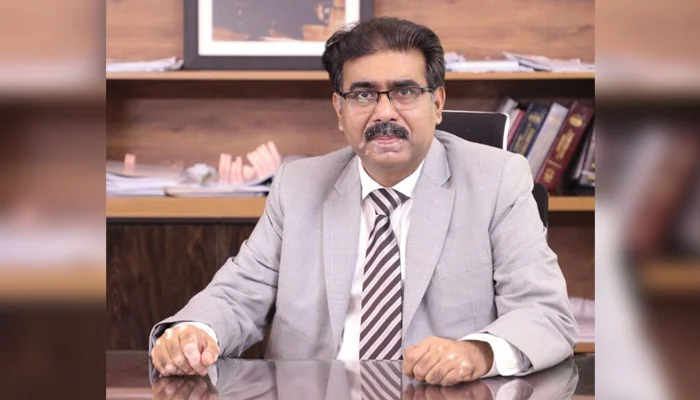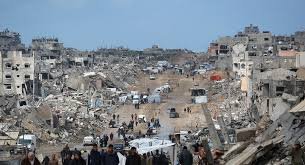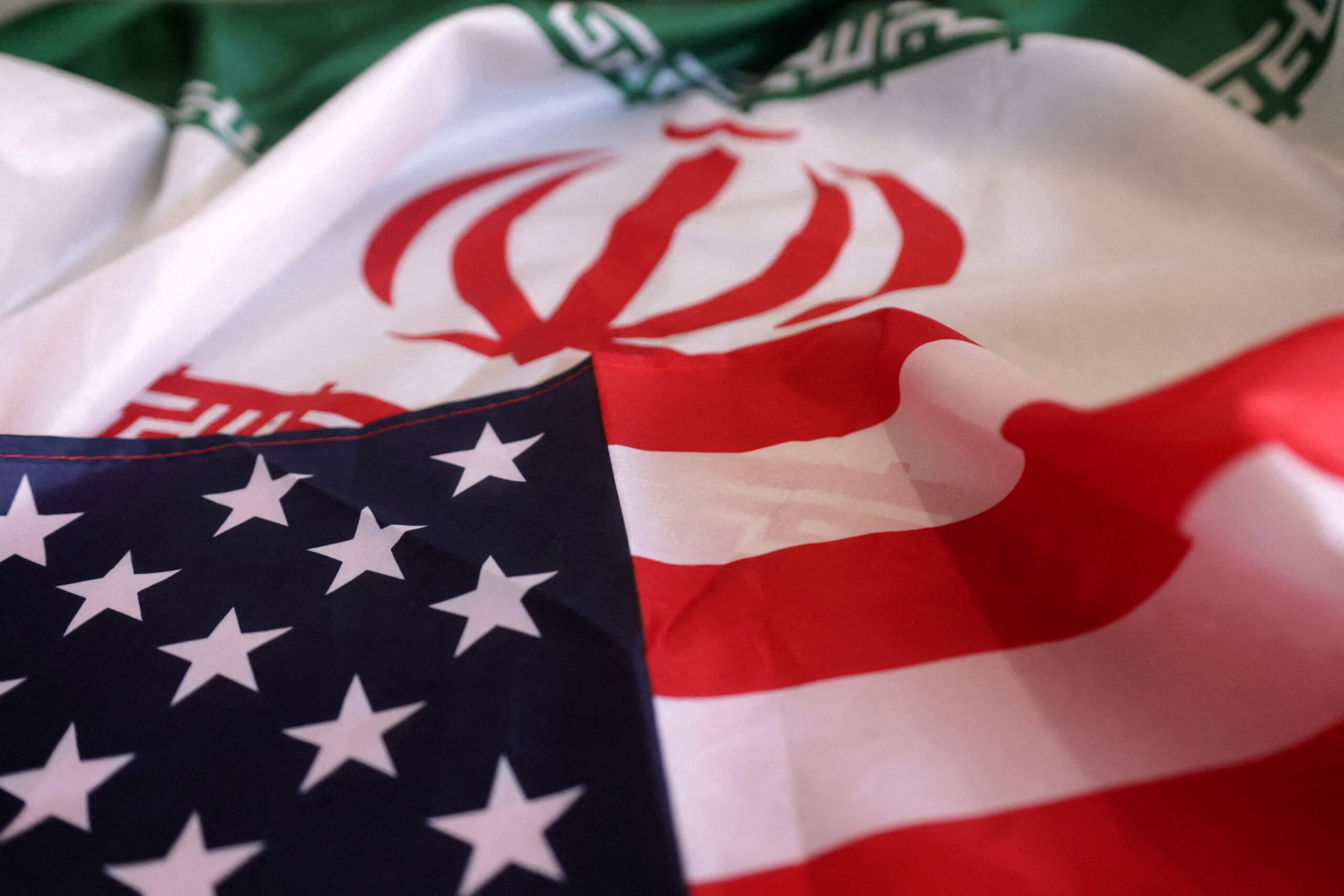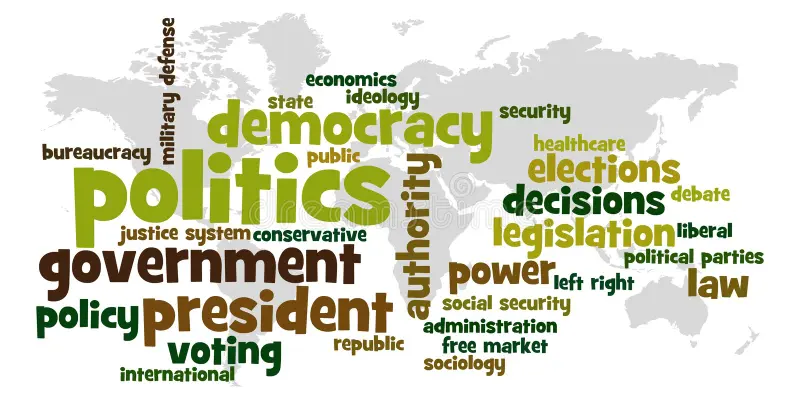Haroon Assad
The federal government’s announcement of a five-year economic plan, to be launched soon by Prime Minister Shehbaz Sharif, has stirred significant discussions, but a critical gap remains in the planning process. While the plan is touted to address Pakistan’s economic challenges, it overlooks a crucial factor that cannot be ignored: the increasingly dire environmental crisis and its direct impact on public health. The federal Minister for Planning and Development, Ahsan Iqbal, alluded to the plan’s upcoming unveiling, but to ensure its sustainability and effectiveness, the economic roadmap must be built around a holistic framework that integrates both environmental policy and epidemiological health measures.
Pakistan is confronting an existential crisis due to climate change, with severe consequences already visible in extreme weather events such as the catastrophic 2022 floods, the rising intensity of smog in urban areas, and the ongoing pandemic phenomena that continue to emerge as global warming accelerates. The alarming rise in the frequency and intensity of these natural disasters, compounded by the rapid spread of zoonotic diseases like COVID-19, highlights the critical need for any economic policy to not only focus on economic recovery but also to embrace climate resilience and public health preparedness.
The Economic Plan Must Address Austerity and Inequality While Protecting Public Health
One of the core challenges with the current economic planning approach is the continued reliance on neoliberal economic frameworks, which prioritize austerity measures and place disproportionate emphasis on reducing aggregate demand. While fiscal discipline and macroeconomic stability are important, there has been a systemic failure to equally address the supply-side factors that could drive sustainable growth. Moreover, the emphasis on austerity measures under such frameworks often exacerbates inequality and reduces the capacity of public institutions, particularly in sectors like health, which are crucial in times of crisis.
The COVID-19 pandemic was a stark example of how inadequate health infrastructure and a lack of epidemiological preparedness hindered the country’s ability to respond effectively. Pakistan’s inability to rapidly develop vaccines and implement widespread vaccination campaigns, in contrast to more prepared middle-income countries like India, left the country vulnerable both in terms of public health and its economic recovery. The lesson is clear: an economic plan that does not internalize public health and epidemiology—including robust systems for disease control and vaccine manufacturing—will fail to address one of the most critical vulnerabilities facing the nation.
Smog and Climate Change: A Health Crisis with Economic Consequences
Furthermore, climate change-induced smog has reached hazardous levels in key urban areas, particularly in Punjab. Cities like Lahore, which frequently top global pollution rankings, have been severely affected by air quality issues, with particulate pollution levels soaring well beyond the safe thresholds set by the World Health Organization (WHO). As reported by the Air Quality Life Index, Pakistan is now the world’s fourth most polluted country, with air pollution significantly shortening life expectancy across the country. This not only presents a health crisis but also imposes economic costs due to the loss of productivity, increased healthcare costs, and a deterioration in the quality of life.
In Punjab, a recent report by the Chief Minister’s Office highlighted that over five years, Lahore only had 28 days of air quality that could be considered “good.” The constant exposure to dangerous smog exacerbates chronic respiratory diseases and places an immense burden on public health systems. It also increases the vulnerability of the economy to future disruptions, particularly in sectors like agriculture, which is already under stress from climate change impacts. If left unchecked, this ongoing environmental degradation will not only continue to erode the quality of life for millions but will also severely hamper the nation’s economic growth potential.
An Integrated Approach: Economy, Environment, and Health Must Align
To achieve meaningful results, Pakistan’s economic plan needs a comprehensive, integrated approach that addresses the interlinked challenges of economic recovery, climate change, and public health. This requires the development of a long-term strategic framework that places equal importance on the health of the environment, the resilience of public health systems, and the stability of the economy. The concept of Pandemicene—a term describing the overlapping crises of climate change and pandemics—must be central to this framework. The plan should outline practical steps for strengthening public health infrastructure, especially in areas like disease prevention, vaccine production, and rapid response capabilities.
Moreover, given Pakistan’s vulnerability to climate impacts and the rapidly closing window to limit global warming to 1.5°C, a targeted policy approach is essential. This should include a national strategy for climate adaptation and resilience, especially in regions like Punjab, where rising temperatures and smog are leading to devastating consequences. The government must also create a multi-stakeholder platform, bringing together federal and provincial governments, opposition parties, and international partners to build a consensus-driven plan that aligns economic, environmental, and health priorities.
A New Paradigm: Moving Away from Neoliberalism Toward Sustainable and Inclusive Growth
Finally, any effective economic plan should shift away from neoliberal economic policies that have historically failed to create sustainable growth. The past reliance on austerity, deregulation, and a market-driven approach has worsened inequality and weakened public sector institutions. The country needs a new paradigm that fosters inclusive growth, promotes green technologies, and prioritizes public health as an integral part of economic development.
This will require comprehensive reforms in the institutional, organizational, and market structures, with a strong focus on governance and incentive mechanisms that encourage long-term sustainable development. Additionally, Pakistan should prioritize economic diplomacy to attract climate finance, including advocating for special drawing rights (SDRs) allocated for climate action, which could help mitigate the financial burden of climate change while also reducing external debt pressures.

















